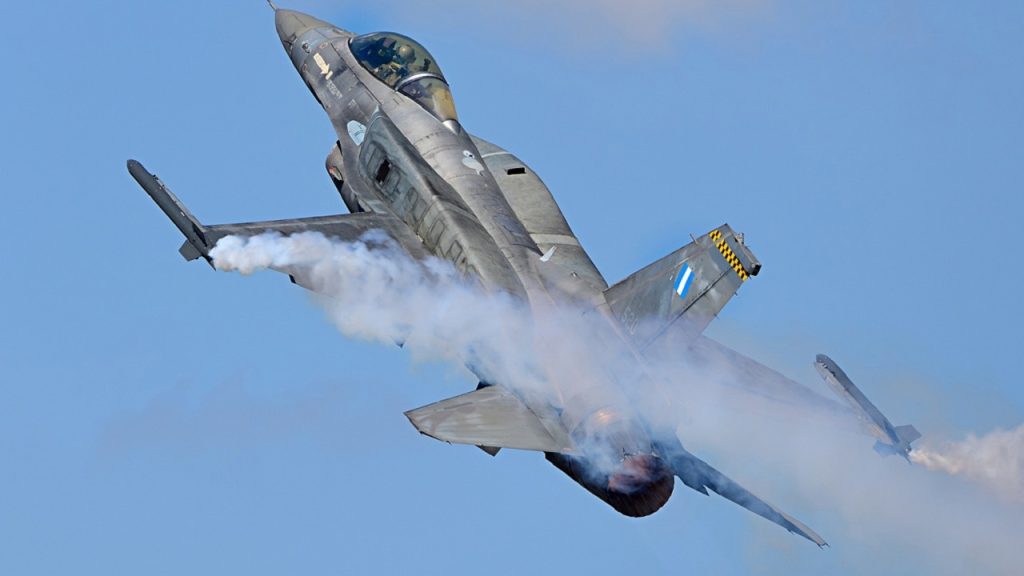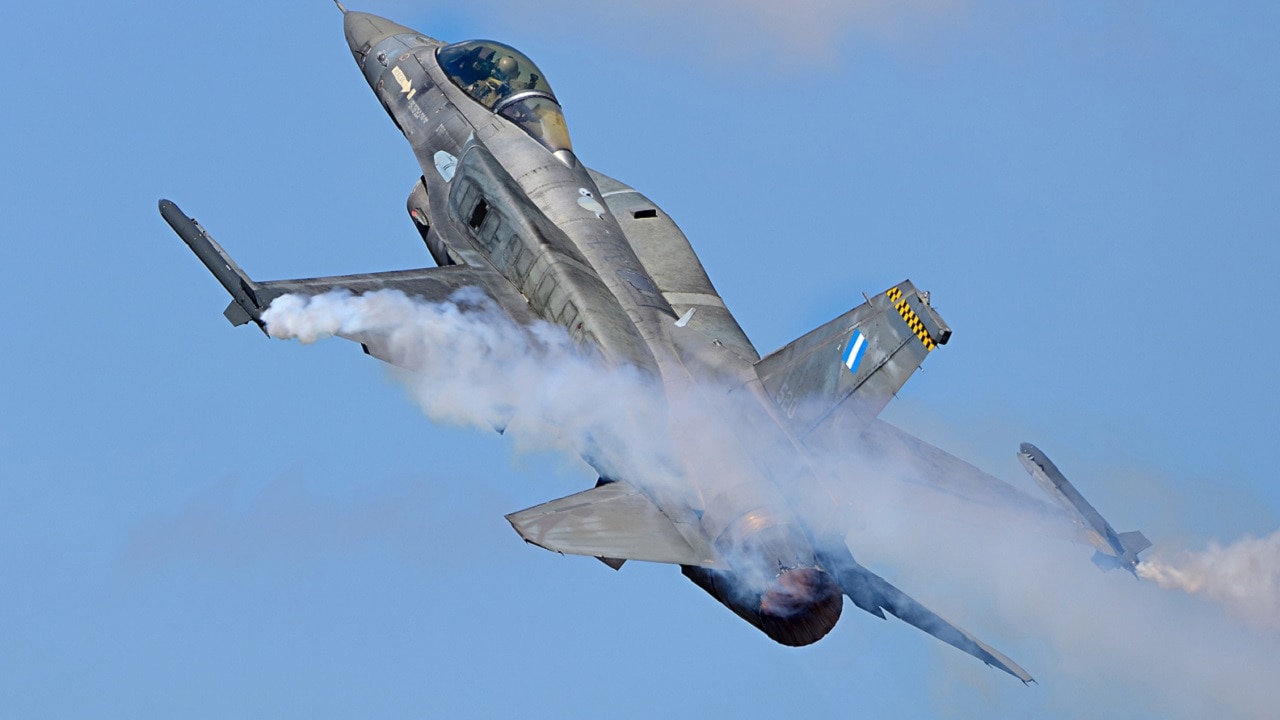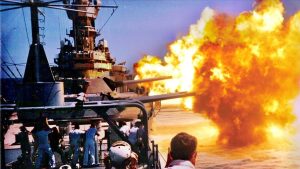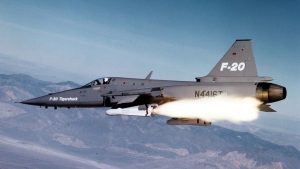For almost 50 years, the F-16 Fighting Falcon has served as the workhorse of the U.S. Air Force. The F-16 Block 70 is quite impressive.

For almost 50 years, the F-16 Fighting Falcon has served as the workhorse of the U.S. Air Force. The F-16 is still a dependable, useful airframe, thanks to continuous improvement initiatives.
Lockheed Martin says that the newest F-16, the Block 70, is “the newest and most advanced F-16 with new capabilities based on the upgraded F-16V configuration.”
The main development is endurance. A new aircraft structure in Block 70 “provides an aircraft that lasts 50% longer than prior production F-16 aircraft.”
Due to its lightweight and elegant nature, the F-16 has always been a formidable fighter plane. The jet made its maiden voyage in 1974; it didn’t enter service until 1978. The fighter has been built constantly since 1973, except for one year (2018); over 5,000 have been made. More F-16s than any other fixed-wing aircraft are now in military service. The F-16 will continue to exist for a long time, thanks to the Block 70 upgrades.
Block 70 incorporates modern technology onto a Cold War-era airframe with a redesigned avionics architecture, and an advanced Active Electronically Scanned Array (AESA) radar. A computer-controlled type of phased array antenna is the AESA.
Compared to older PESA types, the AESA electronically controls the direction of a radio wave beam, creating a more sophisticated radar instrument. The AESA has several benefits, including the capacity to produce numerous radar beams simultaneously and confusing scanning frequencies on conventional, correlation-type radar detectors. The AESA has a minimal chance of being intercepted and good jamming resistance.
“An upgraded datalink, targeting pod, and armaments; precision GPS navigation; and the Automated Ground Collision Avoidance System (Auto GCAS)” are additional improvements.
The structural improvements, which “increase the structural life of the aircraft by more than 50% beyond that of prior production F-16 aircraft,” are another. The U.S. Air Force “approved extending the service life of the Lockheed Martin F-16’s designed service life to 12,000 equivalent flight hours, considerably above the aircraft’s original design service life of 8,000 hours,” as a result of the enhancements, according to Lockheed Martin.
According to Susan Ouzts, vice president of Lockheed Martin’s F-16 program, “This accomplishment is the culmination of more than seven years of testing, development, design, analysis, and teamwork between the U.S. Air Force and Lockheed Martin.” The SLEP modifications show that the Fighting Falcon is still a highly capable and reasonably priced 4th generation option for the U.S. Air Force and other F-16 customers when combined with F-16 avionics modernization initiatives like the F-16V.
Speaking about clients from abroad, the F-16 has many.
For instance, Israel has integrated the F-16 into its air force. An IAF Fighting Falcon used cannon fire to shoot down a Syrian Mi-8 helicopter, making it the F-16’s first air-to-air combat victory ever. The Israelis also carried out Operation Opera, the F-16’s first important air-to-ground mission, an attack that seriously destroyed an Iraqi nuclear reactor Saddam Hussein was building in the early 1980s close to Baghdad.
Pakistan has actively used the Falcon. Pakistan flew over 5,500 F-16 sorties against the Taliban. The Pakistanis recently used the F-16 to shoot down Indian aircraft, including a UAV, a MiG-21, and a SU-30MKI, during skirmishes over Kashmir. Pakistani operators used the F-16 to shoot down Su-22s, MiG-23s, and An-26s during the Soviet-Afghan War.
Since the 1980s, Turkey has been deploying the Falcon and frequently engages in combat with Greek forces. The F-16 has more recently been used by the Turkish military in wars against the Kurds and the Syrian Civil War.
Egypt, the Netherlands, Belgium, Norway, Venezuela, Bahrain, and Morocco are some other nations that use the F-16. Also, the U.S. recently authorized the sale of F-16 Block 70 aircraft to Bulgaria for $1.6 billion. The government of Bulgaria proposed purchasing four F-16 C Block 70 aircraft, four F-16 D Block 70 aircraft, and eleven F-100 GE-129D engines, according to U.S. authorities, Flying Mag said.
Bulgaria is working on updating its air force and enhancing interoperability with NATO. With more than 700 F-16s currently operational across Europe, according to Lockheed Martin, Bulgaria will profit from having a genuinely interoperable single-engine fighter that will allow it to participate fully in coalition activities like peacekeeping missions.






